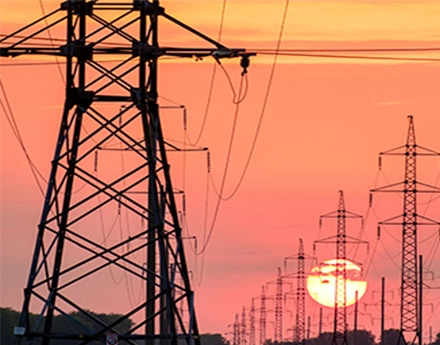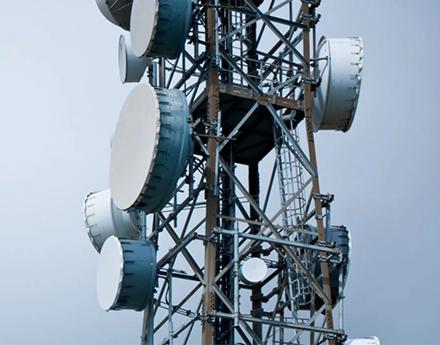As the world grapples with the pressing need to transition towards sustainable energy solutions, the role of power line hardware in this transformation has come to the forefront. The imperative to build a greener energy future requires not only the adoption of renewable energy sources but also a fundamental rethinking of the hardware that forms the backbone of electrical networks. This passage delves into the strides made in creating sustainable power line hardware, offering a glimpse into the pivotal role it plays in forging a more eco-friendly energy landscape.
Traditionally, power line hardware has been constructed using materials that may pose environmental challenges during manufacturing, use, and disposal. However, the push for sustainability has driven significant innovations in materials science. The introduction of eco-friendly materials, such as recycled metals, composite materials, and biodegradable insulators, has revolutionized the way power line hardware is designed and manufactured.
Recycled metals, sourced from post-consumer and post-industrial waste, reduce the environmental impact of mining and processing. These materials not only contribute to sustainability but also exhibit the strength and durability required for the demanding conditions of electrical grid infrastructure. Additionally, the integration of biodegradable insulators helps minimize the ecological footprint, as these materials break down naturally over time, reducing the long-term environmental impact of power line hardware.
Sustainability in these hardware fittings for transmission lines extends beyond materials to the operational efficiency of electrical grids. Advanced designs and technologies are now incorporated into hardware components to enhance energy efficiency. For instance, smart grid technologies integrated into power line hardware enable real-time monitoring and control, optimizing the flow of electricity and reducing energy losses during transmission.
Furthermore, the implementation of sustainable power line hardware contributes to the overall reduction of greenhouse gas emissions. By minimizing energy losses, improving transmission efficiency, and incorporating eco-friendly materials, these advancements support the broader goal of creating a low-carbon and sustainable energy infrastructure.
Sustainability in power line hardware including electrical overhead line fittings and power cable accessories also involves addressing the full lifecycle of the components, from manufacturing to end-of-life disposal. Sustainable materials and durable designs contribute to the longevity of power line hardware, reducing the frequency of replacements and minimizing waste. Additionally, considerations for responsible disposal and recycling programs ensure that retired hardware components are handled in an environmentally friendly manner.
The incorporation of modular designs in these electric power fittings facilitates easier upgrades and replacements of specific components, further extending the overall lifespan of the infrastructure. This approach aligns with the principles of the circular economy, where products and materials are designed to be reused, refurbished, or recycled, rather than being discarded as waste.
In conclusion, the evolution of power line hardware towards sustainability is a crucial step in shaping a greener energy future. Through innovations in materials, energy efficiency, and end-of-life considerations, power line hardware is undergoing a transformation that aligns with the broader goals of environmental responsibility and resource conservation. As these sustainable practices become integral to the design and operation of electrical grids, power line hardware stands as a beacon of progress, demonstrating the potential for a more eco-friendly and resilient energy landscape. The ongoing commitment to sustainability in power line hardware is not just a technical advancement; it is a pivotal stride towards building a future where energy networks harmonize with the principles of environmental stewardship.



